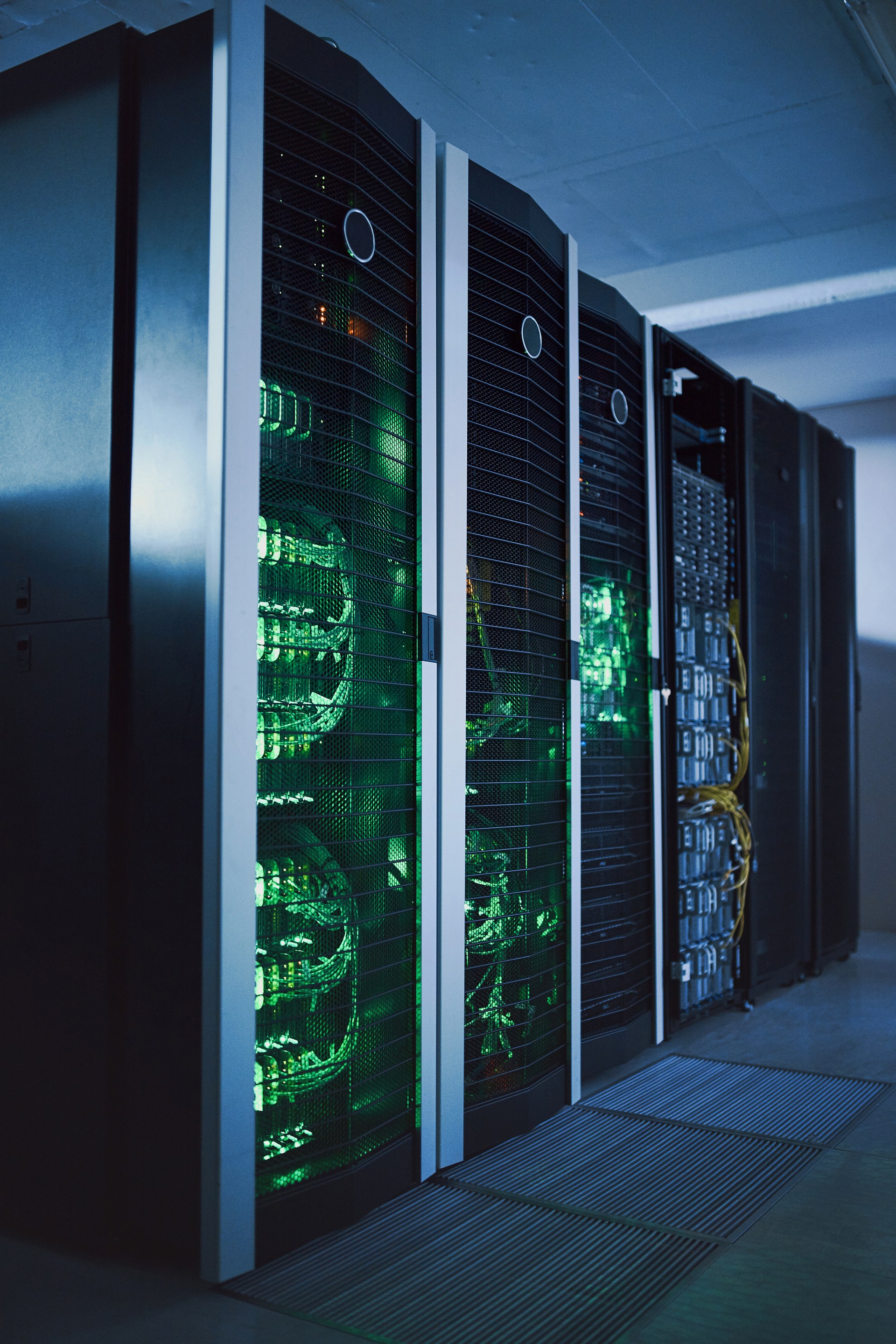Gaming has always been at the forefront of IT development. In fact, it has driven a lot of it. Modern online gaming requires ultra-low latency and ultra-high-powered infrastructure. Here is a quick guide on how colocation for gaming servers can help with both of those points.
Low latency requirements
Here are five ways using colocation helps to meet the low-latency requirements of gaming servers.
Proximity to internet exchanges
Colocation facilities are often located close to internet exchanges. Hosting gaming servers in these facilities minimizes the number of network hops data must take on its journey to and from end users. This in turn minimizes the number of potential points of failure. The end result is lower latency and, hence, faster data transmission. This is vital for many games, especially multiplayer ones with real-time interactions.
Additionally, proximity to Internet Exchanges supports optimal peering arrangements with major internet service providers (ISPs). This can be used to enhance the overall network performance even further. It can therefore provide gaming providers with a meaningful competitive edge.
High-speed network connectivity
High-speed network connectivity is a cornerstone in implementing high-performance infrastructure for hosting gaming applications. It involves deploying robust network architectures with low-latency connections and high bandwidth capacities.
Utilizing fiber-optic cables, advanced routing protocols and efficient switches ensures rapid data transmission between gaming servers and end-users. Employing Content Delivery Networks (CDNs) strategically can optimize content delivery by distributing it across geographically dispersed servers, reducing latency and enhancing overall network responsiveness.
It’s also crucial to implement effective Quality of Service (QoS) mechanisms. Gaming traffic needs to be prioritized to guarantee a seamless user experience. Additionally, the adoption of technologies like Multiprotocol Label Switching (MPLS) and edge computing helps to minimize packet loss and further decrease latency.
Advanced cooling systems
As gaming servers generate substantial heat, efficient cooling mechanisms are essential to maintain optimal operating temperatures. Employing liquid cooling solutions, such as direct-to-chip or immersion cooling, enhances heat dissipation efficiency. This helps to ensure that critical components operate within their designated temperature thresholds.
Furthermore, the design of a well-ventilated server room with precision air conditioning systems aids in maintaining a stable environment. Monitoring tools that provide real-time temperature data allow for proactive management, triggering adjustments or interventions as needed.
Redundant power supply
Redundant power supplies protect against power outages. This means they help to ensure continuous operation and data integrity for gaming servers. Automatic failover mechanisms swiftly switch to an alternate power source in the event of a failure. This protects against disruptions and potential data loss.
Moreover, integrating intelligent power distribution units (PDUs) allows for remote monitoring and management. This enhances the infrastructure’s reliability. In situations where power redundancy is paramount, data centers often install backup generators to provide extra protection against mains power outages.
Security measures
This is not specific to the gaming sector but it is highly relevant to it. Gaming servers can be targeted by cybercriminals either for mischief or for profit (or both). They hence need to deploy cutting-edge security measures. Using colocation makes this easier as the provider will take on a lot of the associated workload.
High-performance infrastructure
Here are five key considerations when implementing the high-performance infrastructure needed for gaming servers.
Low latency network
Employing high-speed, low-latency networks with minimal hops between servers and end-users reduces lag, enhancing the overall gaming experience. Technologies like Content Delivery Networks (CDNs) strategically distribute content across servers. This helps to minimize latency and optimize data delivery.
Robust hardware
The backbone of gaming infrastructure lies in robust hardware capable of handling the processing demands of modern gaming applications. This includes powerful CPUs, GPUs, and high-speed storage solutions. The servers must be optimized for parallel processing to handle the intricate calculations required for complex graphics, physics simulations, and real-time interactions.
Efficient storage solutions
Efficient storage solutions are crucial to managing the vast amounts of data generated by gaming applications. Solid-state drives (SSDs) offer quick data access, reducing load times, and improving overall game performance. Implementing scalable and fault-tolerant storage systems ensures data integrity and availability, preventing any potential disruptions to the gaming experience.
Scalability
Scalable infrastructure ensures the system can seamlessly adapt to fluctuations in user demand. Using colocation allows for both horizontal and vertical scalability. The former is useful for managing predictable changes in demand. The latter can be used to cope with unexpected spikes in traffic. Colocation services often support public cloud integration for even greater scalability.
Comprehensive security measures
Given the sensitive nature of player data and the constant threat of cyber attacks, comprehensive security measures are imperative. This involves robust network security, data encryption, access controls, and proactive monitoring. Redundant backup systems, coupled with regular security audits and updates, fortify the infrastructure against potential vulnerabilities, ensuring a secure and uninterrupted gaming environment.
Related Resources:
Advantages of Colocation for Gaming Companies
What’s Driving the Demand for Microsecond Latency?




